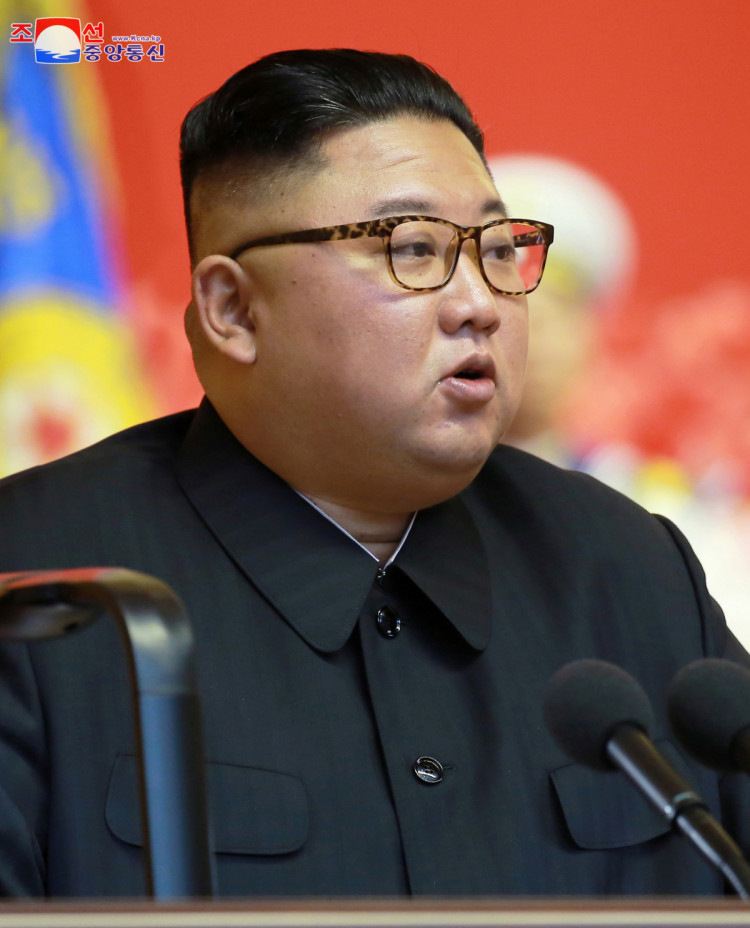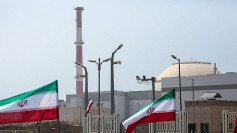North Korea, on Saturday, revealed the world's largest road-mobile intercontinental ballistic missile (ICBM) and a new submarine-launched ballistic missile (SLBM), confirming the Trump administration's failure to stop its missile-building program.
Unveiled during the military parade marking the 75th founding anniversary of the Korean Workers Party were the "Hwasong 16," a mobile, liquid-fueled ICBM, and the longer-ranged "Pukguksong-4" SLBM.
Despite its size, the Hwasong 16 was dismissed as an aspirational design by Western military analysts as none of its major components, especially its liquid-fueled rocket motors, have been tested. More importantly, North Korea doesn't possess a single MIRV (multiple independently targetable re-entry vehicle), the ICBM's payload, in its arsenal.
North Korea also doesn't have a single post-boost vehicle (PBV) to dispense MIRVs. A huge missile, however, increases the danger faced by the United States.
"Largest road-mobile liquid-fueled missile anywhere, to be clear," tweeted Ankit Panda, senior fellow in the Nuclear Policy Program at the Carnegie Endowment for International Peace.
Based on what's known about Hwasong-16 and the new photos, this ICBM might be at least 26 meters long and some 2.9 meters in diameter, according to North Korea analysis website, 38 North.
These dimensions make Hwasong-16 2.5 meters longer and about 0.5 meters wider than Hwasong-15, its largest operational ICBM.
38 North estimates Hwasong-16's launch weight at some 100,000 kg to 150,000 kg. This compares to the 80,000 kg launch weight for China's DF-41 solid-propellant, road-mobile ICBM, and 104,000 kg for the old SS-24 rail-mobile solid ICBM operated by the former Soviet Union.
Hwasong 16's first stage will be powered by four Soviet-era RD-250 rocket engines. It's unknown how many engines power the second stage and the type of engine used.
Based on this data, it's estimated Hwasong-16 can deliver a nuclear warhead or warheads ranging in weight from 2,000 kg to 3,500 kg to any point in the continental United States.
"What North Korea has shown us, what appears to be a new liquid-fueled ICBM that seems to be a derivative of what was tested back in late 2017, known as the Hwasong-15, is much bigger and clearly more powerful than anything in the DPRK's arsenal," said Harry Kazianis, senior director of Korean studies at the Center for the National Interest in Washington D.C.
Much less is known about the Pukguksong-4 SLBM, however. Based on photo analysis, this SLBM could be the same size as the current Pukguksong-3/KN-26.
Western analysts said portions of the missile's motor case appear to be filament-wound to slash the SLBM's structure weight and enable greater range and payload capability.
Pukguksong-4 will undoubtedly have a longer range than the 1,900 km estimated for Pukguksong-3/KN-26. North Korea is still building the new "boomer" or ballistic missile submarine that will deploy the Pukguksong-4.






